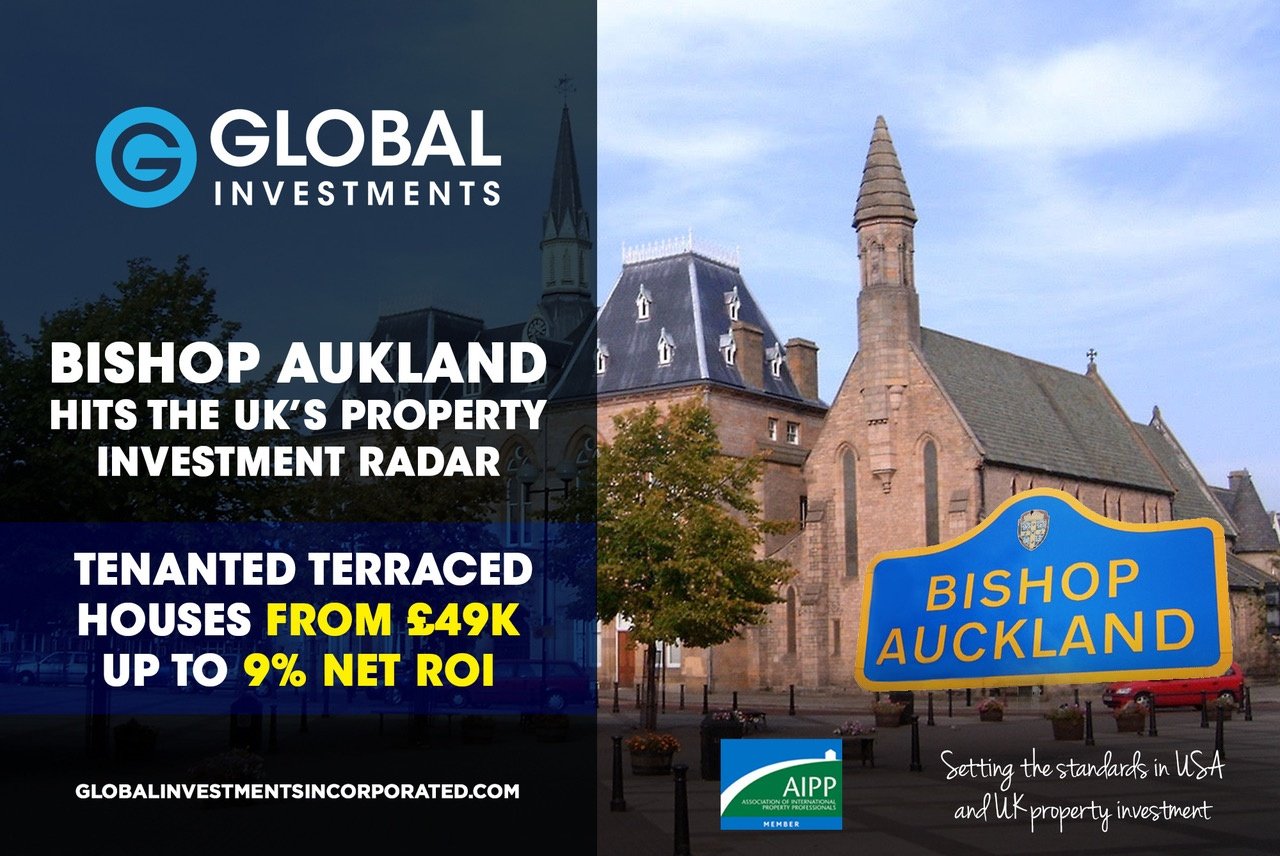After the unnecessary negativity that dominated our lives recently which many people now have completely forgotten, dare mention the word “ Brexit “ The UK property market entered 2020 with a degree of optimism. Obviously, what followed wasn’t part of the plan. And yet, despite the strains of lockdown, the property market continues to defy gravity. As the mini-boom continues across the country, investors are already looking ahead to the best places to invest in UK property in 2021. Every region in the country recorded a rise in house prices in September according to the most recent RICS survey – hitting an 18-year high. At the same time, demand continues to rise with seemingly no end in sight, driven by changing priorities for homeowners and the stamp duty holiday introduced by the government. This means that heading into 2021, there are a number of UK Buy-to-Let hotspots now vying for the spotlight. Global Investments have been monitoring the market and as usual thinking ahead of the curve. One town seems to have the ingredients to be just the place to purchase a relatively low outlay / high return buy to let home with great Capital appreciation potential. We call it the holy trinity for property investment. So why should you look at Bishop Auckland ? Last year, Bishop Auckland was selected by the government to be part of the Stronger Towns Programme, allowing Durham County Council to apply for a bid of £46.8m. Regeneration plans for a County Durham town could create 3,000 jobs, while boosting visitor numbers by 1.5 million and the economy by £240 million every year. As part of the bid, the Stronger Towns Board has set out a vision for Bishop Auckland to become a world-class heritage visitor destination of UK national importance. If successful, the funding will be allocated to regeneration projects in the town, building on its unique heritage and assets to make the town an exciting place to visit, live, learn, work, and invest for generations to come. Through the Stronger Towns Fund it is estimated an additional 1.5m visitors will be attracted each year to Bishop Auckland which will substantially boost the county’s visitor economy by encouraging longer stays and higher levels of spend, driving 3,000 jobs and £240m per annum of economic value. It builds on priorities established through the Bishop Auckland Masterplan and the bid for money from the Future High Streets Fund, which has awarded the town £19.9m to support the town’s high street and help to recover from the effects of the coronavirus pandemic. Through this regeneration the town will achieve sustainable economic growth, becoming a stronger economic contributor to the North East region and bringing benefits to areas across the county. It will see the town become a 21st century bustling market town and service centre for the whole of South West Durham, and a gateway to the Durham Dales, using the town’s existing heritage to give it a future as a vibrant place to visit. As part of the Stronger Town vision, the project will deliver improvements to heritage walking and cycling routes, developments to the Weardale Railway, the creation of a new heritage transport museum as well as new supporting road infrastructure to sustain the town’s development as a world-class heritage destination. Further projects in the Stronger Towns bid include new workspaces with associated enterprise support, a skills and training hub, town centre diversification and the establishment of Bishop Auckland as a 5G-enabled town, rolling out ultrafast broadband to reach 3,000 premises. These projects all make up Bishop Auckland’s Town Investment Plan, which aims to solve infrastructure capacity, diversify and strengthen the town centre, creating an all-weather retail and leisure offer. The Stronger Towns bid will be reinforced by the £200m charitable investment from the Auckland Project, which has already restored and created a number of valuable attractions and recreational activities, boosting local businesses and the impression of the town. To date, these projects include Auckland Castle, which saw £27m of investment, a £1.5m refurbishment of the Town Hall, £1.1m invested in the Mining Art Gallery, and the staging of successful outdoor show Kynren, which has attracted over 250,000 spectators since starting in 2016. The town was also awarded Heritage Action Zone (HAZ) status in 2018 and has over 50 projects and buildings within the programme. The bid supports the council’s Towns and Villages Strategy, which aims to act as a catalyst to further regeneration and investment all over County Durham. It has already helped bring about £750m of investment across the county at sites like Horden Rail Station and Festival Walk Shopping Centre in Spennymoor. Through the strategy the council also seeks to align its budgets and activities to ensure they deliver the best outcomes for communities. Through its Towns and Villages Investment Plan the council aims to support projects which complement and ensure best outcomes for residents from the £750m. The plan, which is set to be approved at Cabinet this month, sets out £25m in investment: £20m for the county’s most disadvantaged communities and a further £5m to be allocated by the council’s Area Action Partnerships to priority projects identified by residents Global Investments has teamed up with suppliers in Bishop Auckland to provide the very best exclusive buy to let property investment opportunities in 2021. With limited supplies available unfortunately the best deals will be the first and stock will sell quick. If you are interested or wish for a call and more information on the latest properties Global Investments can offer then please email us today at : invest@globalinvestmentsincorporated.









